Search results for 'yellow'
-
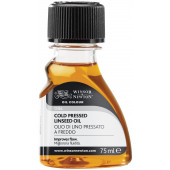
Winsor & Newton Cold Pressed Linseed Oil
Starting at: £9.20
-
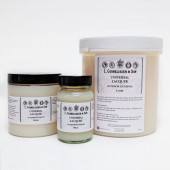
Cornelissen Universal Lacquer
Starting at: £14.40
-
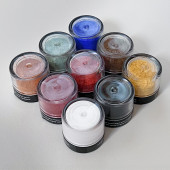
Cornelissen Iconographer's Pigment Set, with Aidan Hart
£41.00 -
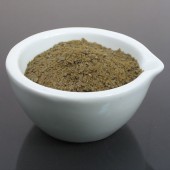
Carnauba Wax Grey
Starting at: £8.40
-
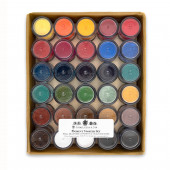
Cornelissen Pigment Set of 30 Colours
£130.00
-
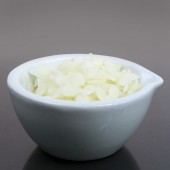
Bleached Beeswax
Starting at: £12.30
-
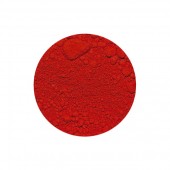
Vermilion Imitation Pigment
Starting at: £8.20
-
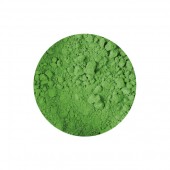
Cadmium Green Pigment
Starting at: £4.50
-
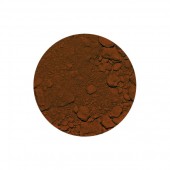
Mars Red Pigment
Starting at: £4.50
-
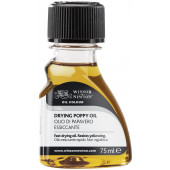
Winsor & Newton Drying Poppy Oil
Starting at: £9.20
-
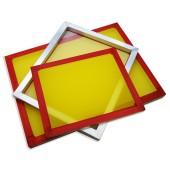
Aluminium Ready Stretched Screen
Starting at: £39.00
-
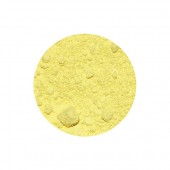
Lemon Yellow Pigment
Starting at: £7.00
Call to Order
-
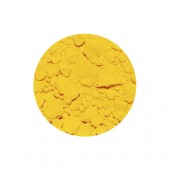
Chrome Yellow Middle Pigment
Starting at: £10.00
Call to Order
-
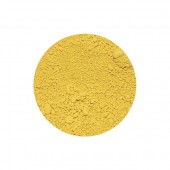
Naples Yellow Dark Pigment
Starting at: £7.40
Call to Order
-
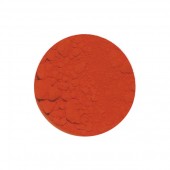
Chrome Yellow Orange Pigment
Starting at: £14.00
Call to Order
-
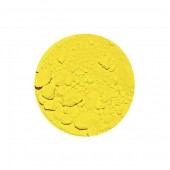
Chrome Yellow Light Pigment
Starting at: £10.00
Call to Order
-
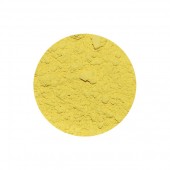
Naples Yellow Light Pigment
Starting at: £7.40
Call to Order
-
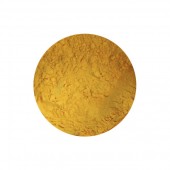
Lead Tin Yellow Dark Pigment
Starting at: £4.80
Call to Order
-
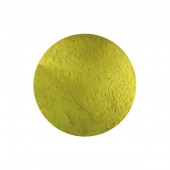
Lead Tin Yellow Light Pigment
Starting at: £4.80
Call to Order
-
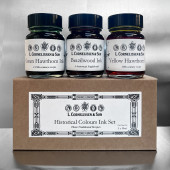
Cornelissen Historical Colours Ink Set
£18.50Call to Order
-
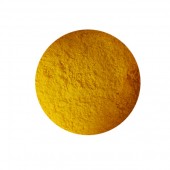
Orpiment Pigment
Starting at: £12.75
Call to Order
-
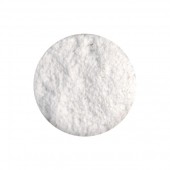
Flake White Pigment
Starting at: £18.75
Call to Order
-
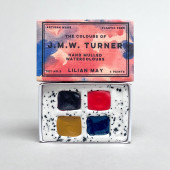
Lilian May, J.M.W. Turner Watercolours, Matchbox Set, 4 Wells
£20.00Call to Order




